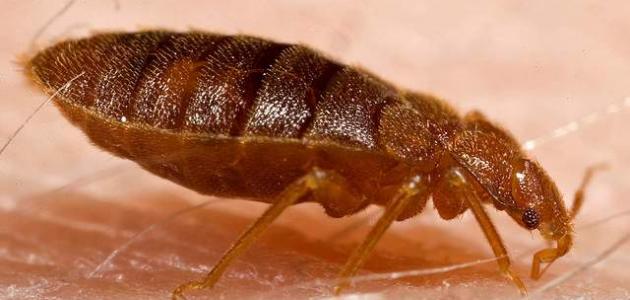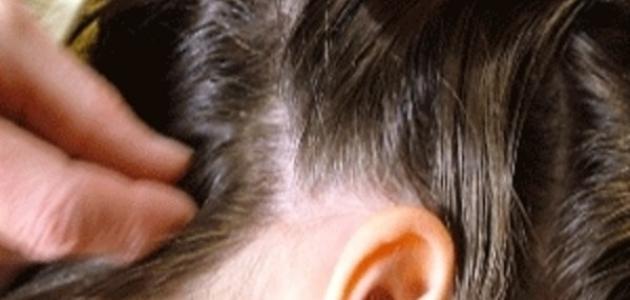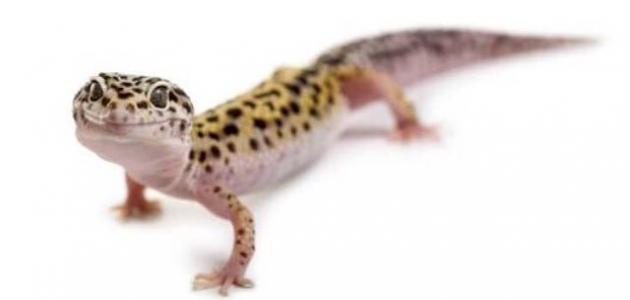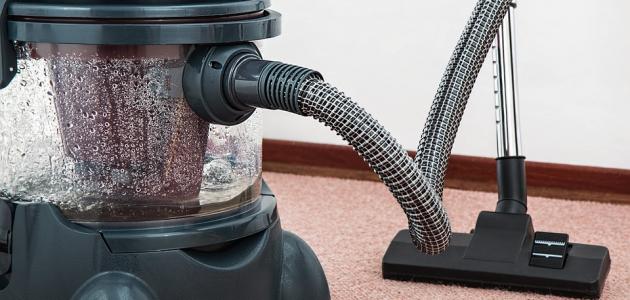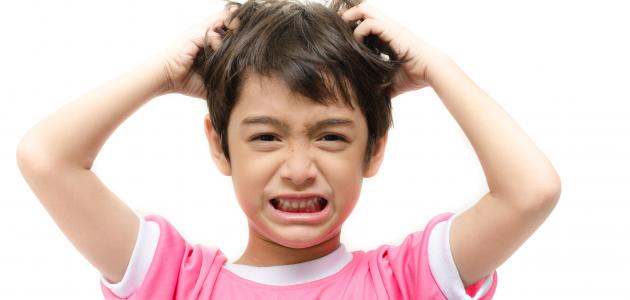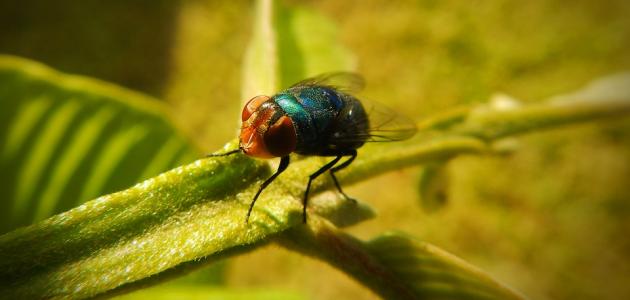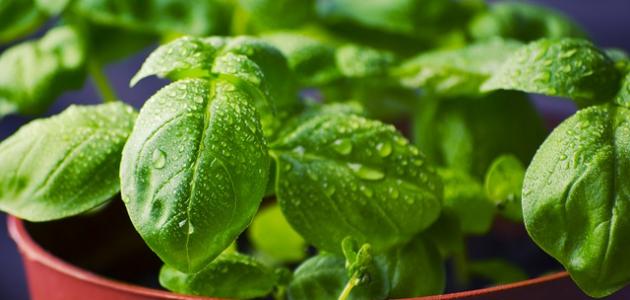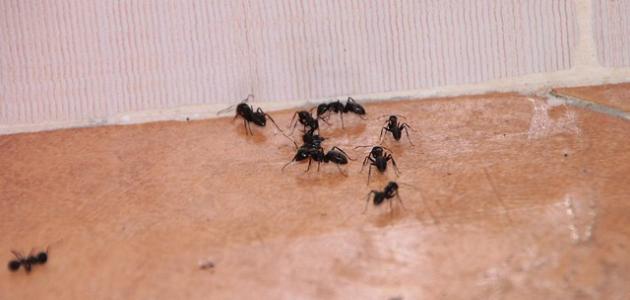Definition of lice
Lice are a type of parasitic insect on humans, black in color, small in size, and they are male and female sexes that mate and produce eggs attached to the hair, which hatch after about a week.
Types of lice
- The first type: It is the type that affects the head, feeds on human blood, and usually spreads among children in schools. Because of the constant friction between children, as it cannot fly, so it moves when the infected head approaches the head of the uninfected by crawling, and the child can infect his parents because they are in great contact with each other.
- The second type: It is the lice that infect the pubes, and it appears only in people who neglect their personal hygiene. This type can appear on chest hair, or eyelashes and eyebrows, but these cases are considered very rare.
- The third type: It is the lice that infect the skin or clothes, and appear on people who are not at all interested in their personal hygiene.
Symptoms of lice infestation
- When infected with head lice, itching begins and the sensation of lice moving on the head, and small red grains may appear on the head, neck and shoulders; This is when the human skin becomes sensitive to the saliva of the louse when it feeds on its blood.
- When infected with pubic lice, the infected person feels very strong itching, accompanied by stinging, in the groin area.
- Clothes lice itch in the back, waist, armpits, and folded areas of clothing.
Lice prevention
- Personal hygiene is one of the most important ways to prevent lice infestation, and shampoo must be used while showering, as water alone does not clean the body.
- Continuous inspection of the head, especially the head of children.
- Do not use other people's things such as a comb, pillow, and towel. It is preferable to keep hair care tools in plastic bags until the lice and eggs die, and this needs a period of not less than 4 days.
- Continuous washing of barbers' tools and sterilizing them with sterilization materials or very hot water for a period of not less than 20 minutes.
- Regular cleaning of bedding and furniture, preferably using a vacuum cleaner.
- Keeping clothes clean and washing them well at an appropriate temperature.
Lice treatment
- Treatment is through chemical compounds, which are brought from the pharmacy as “Lindane” medicine. In general, some types of chemical medicines may require a doctor’s consultation, especially in cases of pregnant women and children.
- The mixture of vinegar and olive oil is very effective for eliminating head lice, so mix equal quantities of vinegar and olives, put it on the head and massage the scalp well, leave it for an hour, and then wash it well with water and shampoo, and it is preferable to repeat this mixture more than once a week.
- Tea tree oil, as it contains elements that paralyze the nerve of lice. You can put 3 to 4 drops of this oil with shampoo and wash your hair well. It is preferable to repeat this process four times a week.
- Massage the scalp with aniseed oil, which is very effective in getting rid of lice, so that the oil is left on the hair for a period of not less than a quarter of an hour, and the hair is combed with a special comb for lice.

